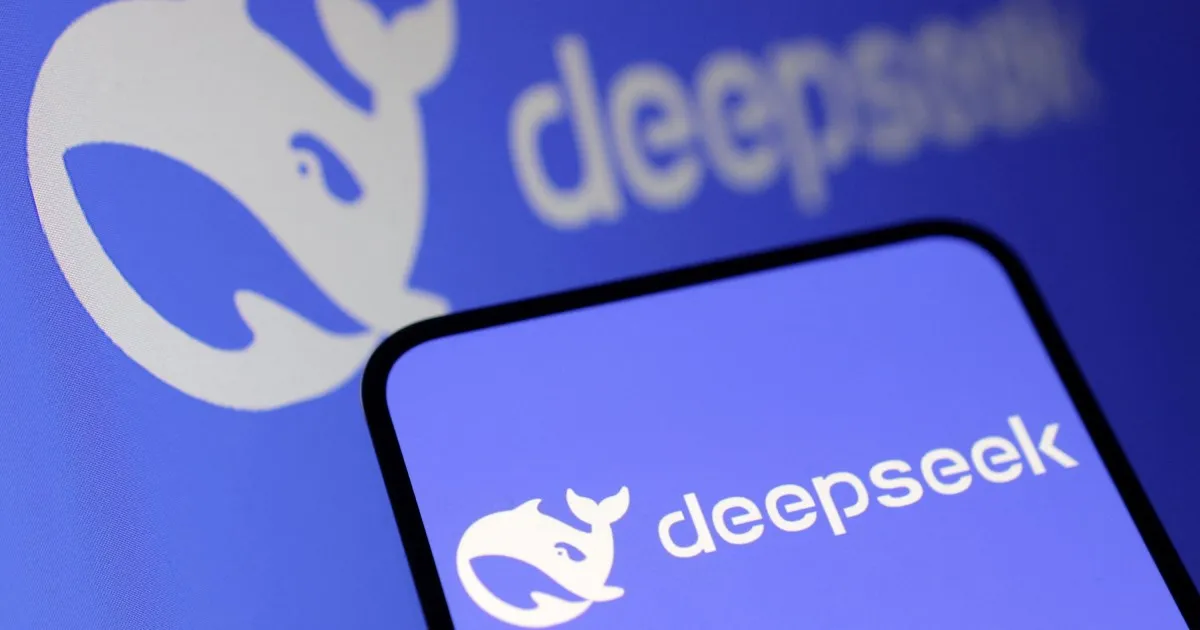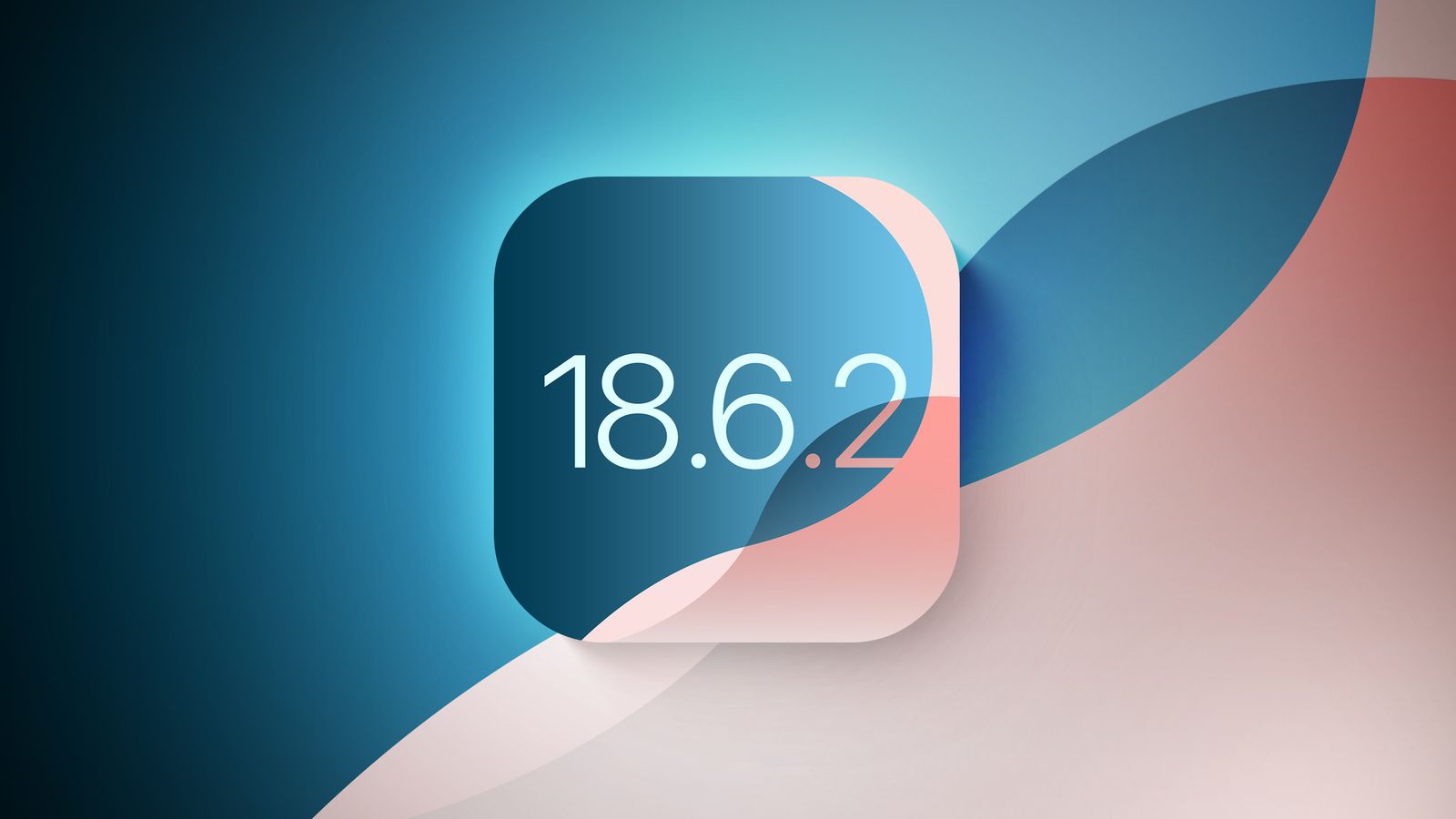DeepSeek has quietly rolled out version 3.1 of its large language model, marking another step in the ongoing competition among Chinese AI developers to close the gap with U.S. firms. The update was shared on August 19 through the company’s WeChat user group rather than official channels, suggesting a cautious release strategy rather than a major publicity push.
The most notable upgrade in DeepSeek V3.1 is the extension of its context window to 128,000 tokens, allowing the model to process the equivalent of a lengthy book in one session. This significantly expands its ability to handle long-form writing, analyze complex technical documents, and sustain multi-turn conversations without losing context. While DeepSeek insiders say the feature had been tested internally in earlier iterations, V3.1 is the first version where it has been fully enabled for all users.
The architecture remains a Mixture-of-Experts (MoE) system, where only a fraction of the 685 billion parameters—about 37 billion per token—are activated at a time. This design makes the model more efficient than a traditional dense network. It supports BF16, FP8, and F32 formats, allowing developers flexibility across different hardware environments. The model is available both via API and for direct download on Hugging Face under an MIT open-source license, keeping DeepSeek positioned within the broader open-source AI ecosystem.
Early benchmark testing paints a mixed picture. On the Aider coding test, V3.1 scored 71.6%, placing it above Anthropic’s Claude Opus 4 and making it one of the strongest open-source coding models at present. It also showed improvements in math and logic, but users reported limited progress in reasoning compared to earlier releases. DeepSeek has now removed its separate R1 reasoning model from the chatbot interface, consolidating those functions into the V3 line—a strategic pivot toward a single unified model rather than multiple specialized systems.
The economics behind V3.1 remain opaque, though earlier filings suggested that V3 required nearly 2.8 million GPU hours on Nvidia H800 chips at a cost of around $5.6 million. V3.1 is likely built on similar infrastructure with incremental refinements, though the company has not disclosed final figures.
The release also comes against the backdrop of delays to DeepSeek’s anticipated R2 model, which had been touted as a next-generation reasoning system. Reports indicate that the project stalled due to difficulties with Huawei’s Ascend AI chips, which Chinese authorities have encouraged companies to adopt as an alternative to U.S. hardware. Training proved problematic, with compatibility and performance issues forcing DeepSeek to revert to Nvidia GPUs for development while using Ascend only for inference. That hybrid setup added complexity and slowed progress, compounded by bottlenecks in data labeling. Founder Liang Wenfeng has reportedly voiced frustration with the drawn-out process.
In the meantime, rivals such as Alibaba’s Qwen3 have advanced with similar algorithms and stronger execution, underscoring the challenges Chinese AI firms face in balancing political directives with technical realities. For now, DeepSeek V3.1 serves as the company’s flagship model, attempting to cover both reasoning and general-purpose workloads until the delayed R2 model materializes.
The release highlights a broader tension in China’s AI industry: developers are under pressure to innovate quickly while also navigating hardware restrictions and national self-sufficiency goals. Whether V3.1 can sustain DeepSeek’s position in the open-source AI race depends less on headline benchmark scores than on how well it performs in practical applications where reliability, scalability, and reasoning accuracy matter most.






